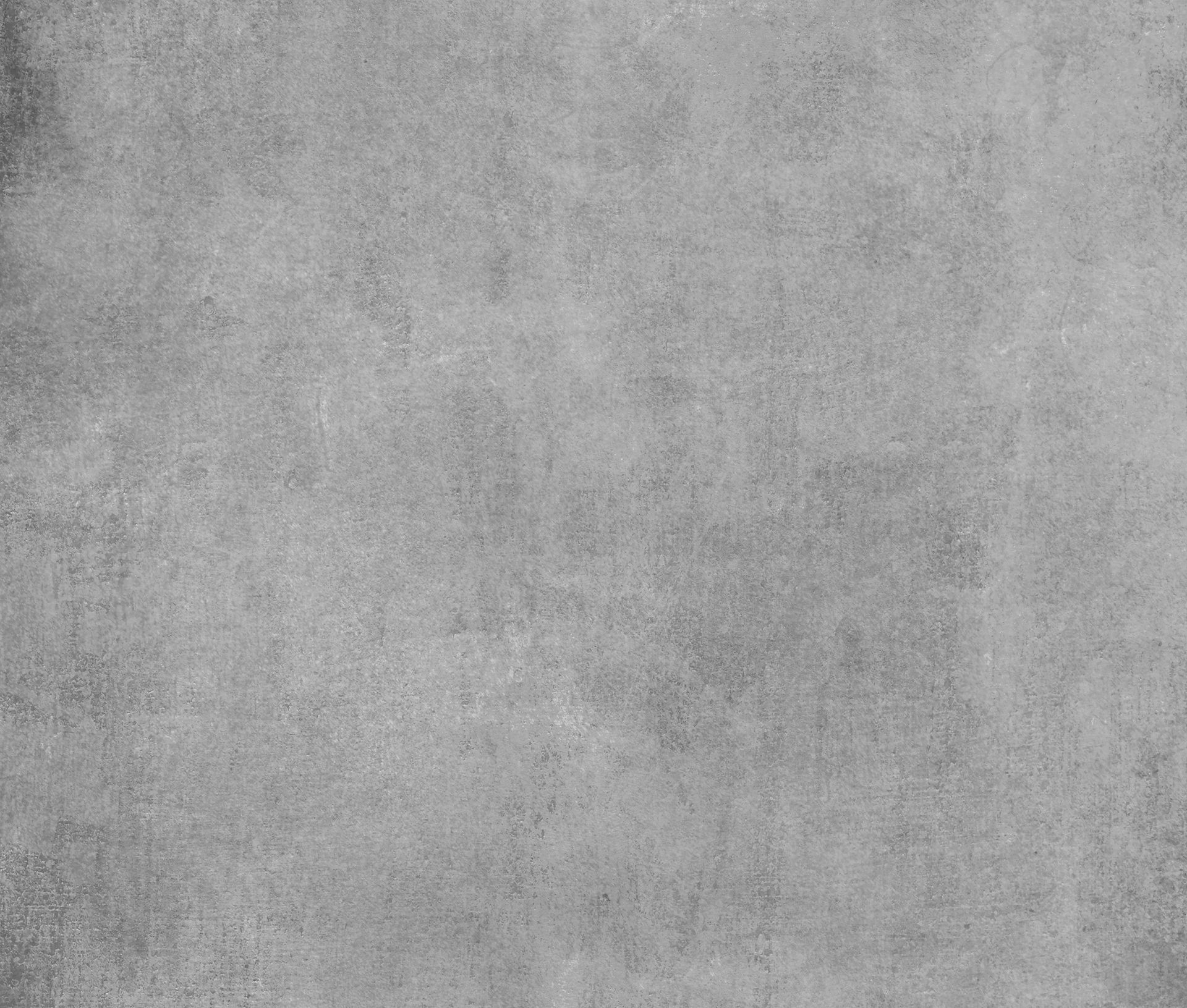
Hope Griffin
Valencia College
Senior
Originally from Dallas, TX, Hope’s love for theater began at an early age. She enjoyed performing in plays, operas, and musicals as a child and began making costumes in high school. After earning her B.A. in English Literature from John Brown University, Hope moved to Orlando, FL to work for The Walt Disney Company. She has since started her A.S. in Live Entertainment Design at Valencia College where she recently stage managed Brighton Beach Memoirs. She has also worked professionally for Mad Cow Theater and Opera Orlando as a Wardrobe Assistant for Pagliacci/Pulcinella and as an Assistant Stage Manager for Amahl and the Night Visitors. She loves designing, painting, and making accessories for any production or event and hopes to become a professional designer and director one day.
Macbeth
My design concept for Macbeth sets the play in a futuristic society served by cutting edge technology -primarily in the form of robots and artificial intelligence. What better to predict future probabilities of success than technology created by the most advanced computers? Fortunately, the witches in Macbeth fulfill the role as the Siri or Alexa in this innovative production. Fulfilling the supernatural elements of the original text, the artificial intelligence witches provide a relevant commentary on our relationship with technology. Access to unlimited knowledge is not enough to protect Macbeth from the consequences of his choices. My design choices are deliberate to visually communicate key themes and character development.
Starting with the war in Act I, Macduff, Macbeth, and Banquo’s costumes are a similar military uniform reminiscent of a traditional, Scottish plaid design to represent dedication to honor. The chest armor is 3-D printed, and there is a 3-D printed overlay on the “kilts.” Malcolm and Duncan’s costumes have V-shaped chest armor to distinguish them from the others and to represent victory. In the final battle in Act V, Macbeth’s look is purposefully different from Macduff and Malcolm to show that he is a traitor. He is also in darker colors to highlight his transformation to evil. Malcolm is wearing Duncan’s armor from Act I as he is taking on his father’s role as king.
As for Macbeth’s clothing, he is in a black and white casual look for Duncan’s murder to visually represent right and wrong, and the blood stains to appear after the murder show his complete deviation from those values. The banquet look was my favorite to design and is heavily influenced by the text itself. Macbeth’s red pants are a direct reference to his line: "I am in blood stepped in so far that, should I wade no more, returning were as tedious as go o'er" (3.4.137). His cape is a heavy material to show that he is "confined, bound in to saucy doubts and fears" (3.4.24). The skeletal, ribcage cutouts on the cape are a visual picture of death.
Lady Macbeth’s clothing emulates the style of the witches since their persuasive nature is a commonality. Her signature head wrap fits in with the futuristic style and is a slight nod to the Evil Queen from Snow White. Hiding her hair (a distinctly feminine feature) blurs the line between humanity and robots. I chose a gray, black, and white color scheme for her sleepwalking nightgown to represent night and darkness. The cape gives her a ghost-like shape as she is both a haunting vision wandering the halls and is herself haunted by guilt.









